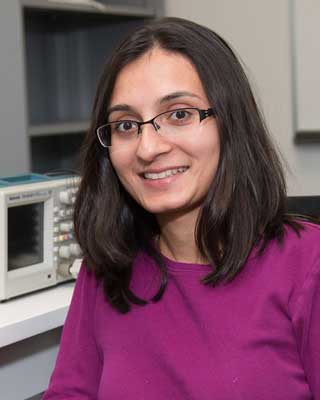Asmita Korde-Patel

Compressive Sensing Application for Transient Photometric Measurements
Status: Available NowCompressive Sensing (CS) is a mathematical theory for simultaneous data acquisition and compression. Natural phenomena may be sparse in some physical or temporal domain. If we exploit this sparsity by applying the technique of CS to obtain information, how do our measurements change as a function of domain and measurement systematics? What are the specific implications for the science and for the sensing infrastructure? In this talk, we will discuss the generalized systematic effects consequent to the application of CS to time-series photometric measurements. We assess implications for observability, sparsification, and information loss in the detection, retrieval and reconstruction process.
To study time-series photometry, we explore the field of gravitational microlensing. A source star, typically in the galactic bulge, gets microlensed when there is a precise alignment of a lensing star and its planetary system, with the source star. The microlensed source star changes in flux magnification as the lensing system crosses the precise path of alignment, resulting in a microlensing curve in time domain. A high-cadence, high-resolution system, which uses low power and bandwidth is essential to obtain valuable science measurements. Hence, we discuss application of CS to gravitational microlensing data sets, which in turn can be generalized to any time-ordered photometric measurements.
Live Q&A with Asmita Korde-Patel - Compressive Sensing Application for Transient Photometric Measurements
Status: Available NowLive Q&A with Asmita Korde-Patel following her talk titled "Compressive Sensing Application for Transient Photometric Measurements"

